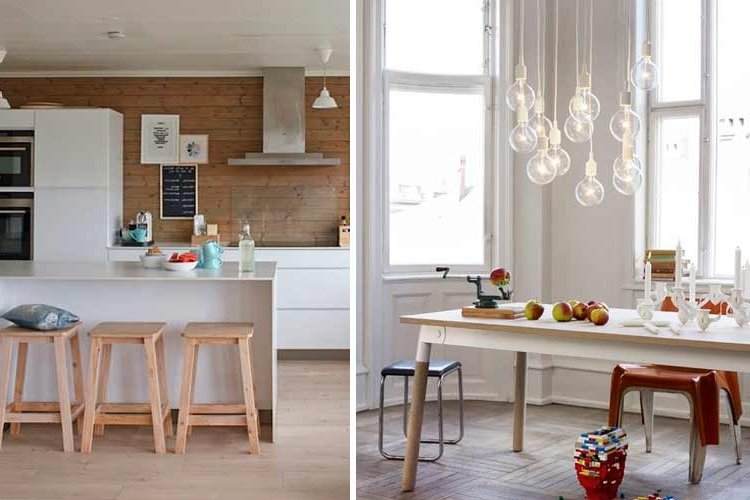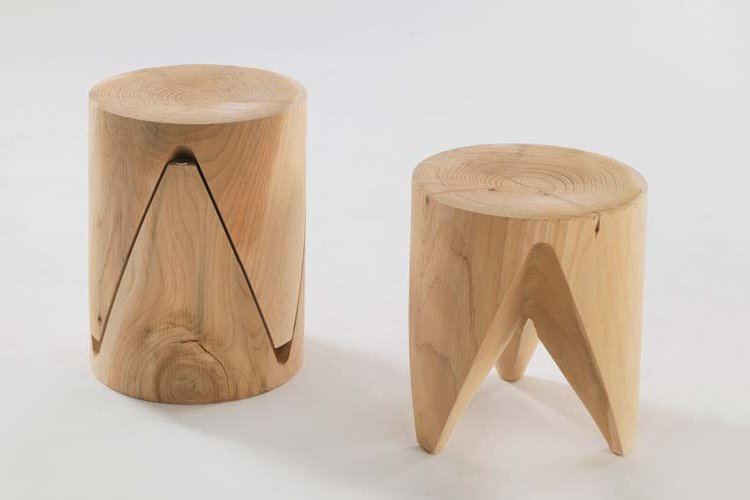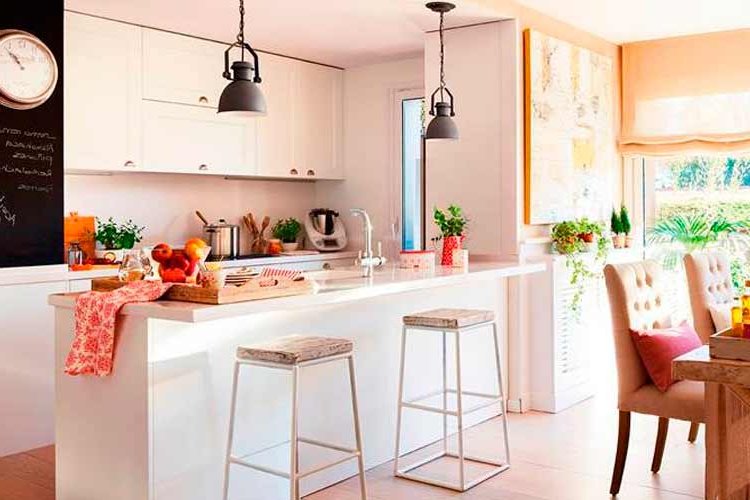Original stools for a decoration with character
Today we want to dedicate the post to one of those elements that are usually present in every home and are always useful: stools. Whether to reach an object that is too high or to use it as an auxiliary seat for an emergency, they are very useful elements in any home. However, well chosen, stools can also be a very decorative object as well as functional.

The stools emerged as a variant of the common chairs to serve as a seat for tables or surfaces of great height, from the bar of a bar to a research laboratory. They are characterized by the absence of arms, which makes them easier to manipulate, a slightly smaller but fully functional seating surface compared to armchairs and armchairs and legs that extend parallel to the seat and usually at a greater height, taking up less space than a conventional chair. Hence, they are a good option if we want to save space in our homes.
There are multiple variants of modern stools in terms of their structure, shape and finishes, which have been developed over the years to expand their possible uses and contexts. Let's take a look at the main features to consider in order to choose the most suitable one.
Height
Height is one of the most defining factors of a stool. Fortunately we find different variants that adapt to the height of our needs: Tall ones are usually reserved for kitchen islands or breakfast bars; low ones are suitable for both dining tables and study areas.


Bases and supports
There are multiple options of bases and legs to support the seat of the stools, from the traditional central foot that reminds us of the bar counter, to those with diagonal legs (with or without footrest), those with three radial legs (typical of the Scandinavian style) or the new designs of geometric structure of modern aesthetics.
Although the choice of the base is usually a matter of style, it is most common for them to cover the entire diameter of the seat or a little more, in order to provide stability, especially in the case of high stools.




Backup
Originally, stools were backless, but over the years they have moved towards the chair format to find a middle ground between design and ergonomics, creating more comfortable designer stools, either with a minimal backrest or directly with a high backrest for added comfort.
Obviously they have the disadvantage that they can not be stored completely under the table or bar and aesthetically they are somewhat more cumbersome, but in exchange you can sit more hours without getting kidney pain ;-)
In any case, the absence of backrest is not at odds with the design, since they have a simpler or more discreet presence and aesthetically fit better. However, they are usually used more as support seats or auxiliary furniture elements that can always be moved from one room to another, given their greater aesthetic lightness and adaptability, than as a permanent element, due to their relative discomfort in the long term.



Finishes
Another aspect to take into account when choosing the ideal stool is the material or finish with which it is made. From the traditional wooden or metal stool, versatile for all types of environments, to the more sophisticated or original options, such as upholstered or crocheted stools, there is a huge world of options that you will have to explore to suit your style.
If your choice is minimalism, opt for stools in the same color, backless and with thin and metallic U-shaped bases. If you prefer the rustic, definitely choose wood, preferably in its raw state and the classic 4 legs. If vintage is your thing, the upholstered stools in knitted fabric will delight your dining room, and if your aesthetic is industrial, opt for metallic stools with a slight rusty touch or combine iron in the legs and wood in the seat for a total New York look.




Stackable/non-stackable
In terms of space, probably the most important factor when choosing a stool is its stackability, an almost essential condition if we often have unexpected visitors.
In terms of design we cannot always expect the most absolute avant-garde, but at a functional level the options can be the most original and not at odds with the aesthetics. There are variants that combine practicality with a very attractive look; it is just a matter of getting the style right.


Combinations
Finally, although the fusion of styles is fashionable, which allows combining different pieces as with the chairs for the dining table, the truth is that in this case the stools are usually chosen in the same format and model, either for aesthetic or functional reasons.
Even so, if you like the eclectic style and you intend to mix them, we recommend that you choose them all of approximately the same height, so as not to lose their functionality. For example, you can choose the same model but in a different color, or similar formats even if the style is different.


As you can see, there is no need to settle for the typical kitchen stool to give a very particular air to a kitchen, a desk or an informal table. Here are a few more ideas of the interesting results they offer. Nice, aren't they?








